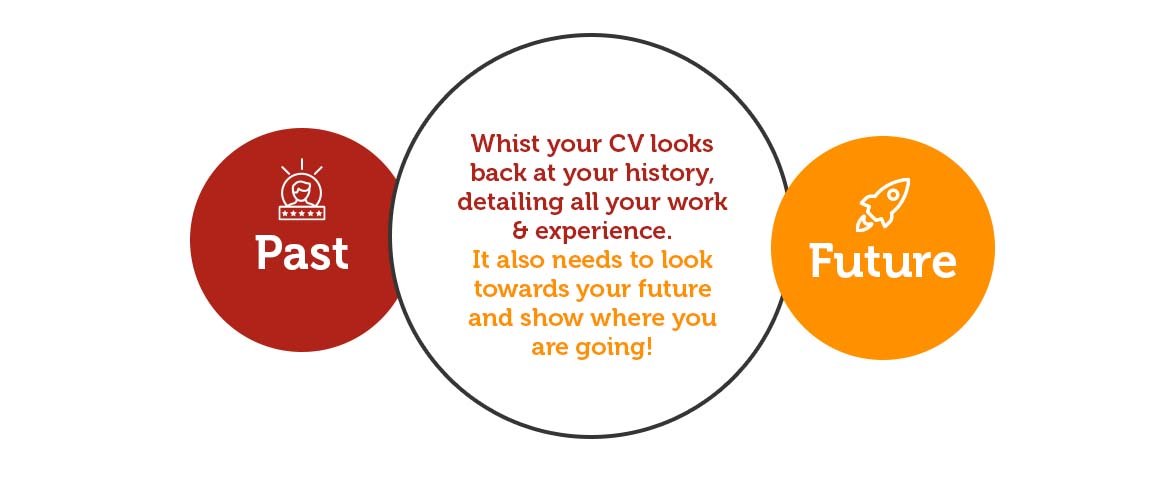Could it be Intellect, Empathy and Pragmatism?
I’ve had a challenging year on the personal front. Various things with kids, work, selling the family house, moving offices, family health issues and some anxiety and depression problems within my ‘very special people’ group. Fair to say there has been a lot to manage and digest whilst also ensuring the business continues to offer the best recruitment and HR consulting services (yup – that was the plug!).
I have reached out to a few of my closest buddies to share what’s been going on, talk about my feelings, feel their care and listen to any pearls of wisdom and support they offer.
One friend is always particularly incredible in the way she balances practical advice, caring and kind thoughts as well as smart ideas about what possible action points. I wanted to thank her and let her know what made her support so special. I landed on telling her that the unique blend of intellect, empathy and pragmatism she offered was what made her such a diamond. Her formula for incorporating facets of heart, head and hands had a genuine positive impact on my wellbeing and made me thankful to have her in my life.
This got me thinking…!
This combination of attributes definitely make for special and valuable friendships; do they also have the potential to make special and valuable leaders, colleagues, teams and cultures…? Are we on to something here?
In today’s fast-paced and ever-evolving business landscape, success is not just about caring for your people, making the right decisions or having a brilliant mind. Is it perhaps about striking a harmonious balance between intellect, empathy, and pragmatism? Think of it as the secret sauce to thrive in the modern business world where the intricacies of human interaction, teamwork, and leadership success play a pivotal role.

The Brain Power (Head)
Let’s start with intellect, the intellectual horsepower that fuels innovation, problem-solving, and strategic thinking. In the business world, having a sharp mind is like having a Swiss army knife – it’s incredibly versatile. Intellect helps you see opportunities in challenges, envision the bigger picture, and make informed decisions. It’s the tool that allows you to think outside the box, devise groundbreaking strategies, and adapt to rapidly changing market dynamics.

The People Power (Heart)
Empathy, often undervalued but never to be underestimated, is perhaps at the heart of the equation. In an era where collaboration and teamwork are key to success, the ability to understand and connect with others on a deeper level is a game-changer. Empathy fosters trust, encourages open communication and promotes a healthy work environment. It enables you to walk in someone else’s shoes, see their perspective, and build stronger relationships with colleagues, clients, and partners.
Imagine a business leader who not only understands the needs of their team but also cares about their well-being. Such leaders are more likely to foster a culture of trust, loyalty, and commitment among their employees. Empathy is the glue that holds teams together, making them more resilient and capable of overcoming challenges.

The Pragmatic Approach (Hands)
Now, let’s add a dash of pragmatism to the mix. Whilst intellect fuels innovation and empathy nurtures relationships, pragmatism is the bridge that turns ideas into reality. Being pragmatic means making decisions based on practicality, feasibility, and resource availability. It’s about setting achievable goals, crafting actionable plans, and managing risks effectively.
In the business world, pragmatism keeps projects on track, budgets in check, and timelines met. It ensures that ambitious ideas don’t remain mere dreams but become tangible achievements. A pragmatic leader knows when to take calculated risks and when to rein in enthusiasm to avoid overextending resources.

A Winning Combo?
So, what happens when you combine intellect, empathy, and pragmatism in the world of business?
Perhaps you get a recipe for success that’s hard to beat. Intellect provides the vision, empathy builds strong relationships, and pragmatism ensures results.
In today’s business world, where collaboration and innovation are paramount, this winning combo becomes even more critical. A leader who embodies these qualities can not only inspire their team but also navigate the complex challenges of business, emerging technologies and changing market forces with finesse and style.
Success is not a one-size-fits-all concept. Perhaps it is about being intellectually agile, emotionally intelligent, and practically effective.
My friend really is a diamond – I appreciate how she leaves me feeling seen and understood but how she also has great ideas about potential solutions I might try and the wisdom to know what sort of things are likely to work and when I need to let go and trust the process.
Food for thought. Perhaps think about how you display these attributes and whether you’ve got the winning formula in you too. Do you have the potential to set free your inner diamond, develop your own secret sauce and ensure the people who’s lives you touch are also genuinely grateful you exist…
Rob Bishop
021 995 495

